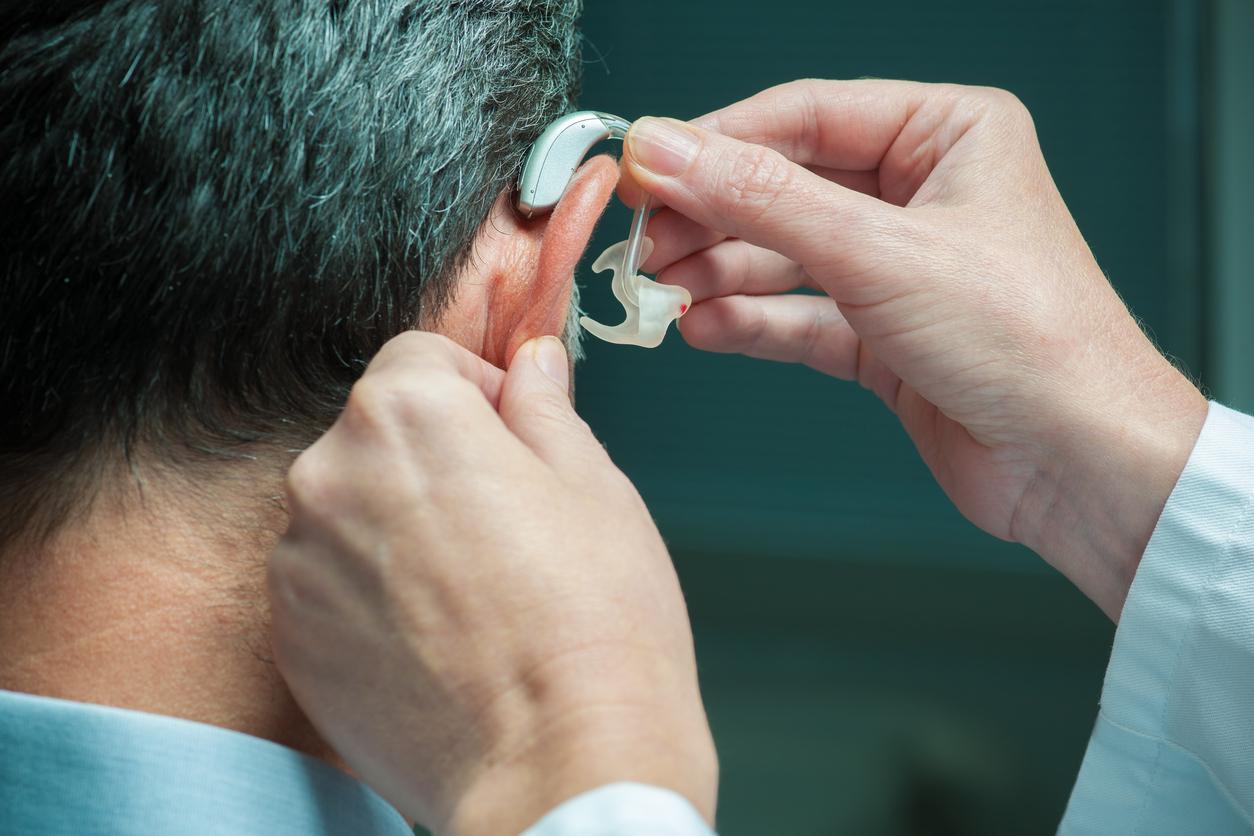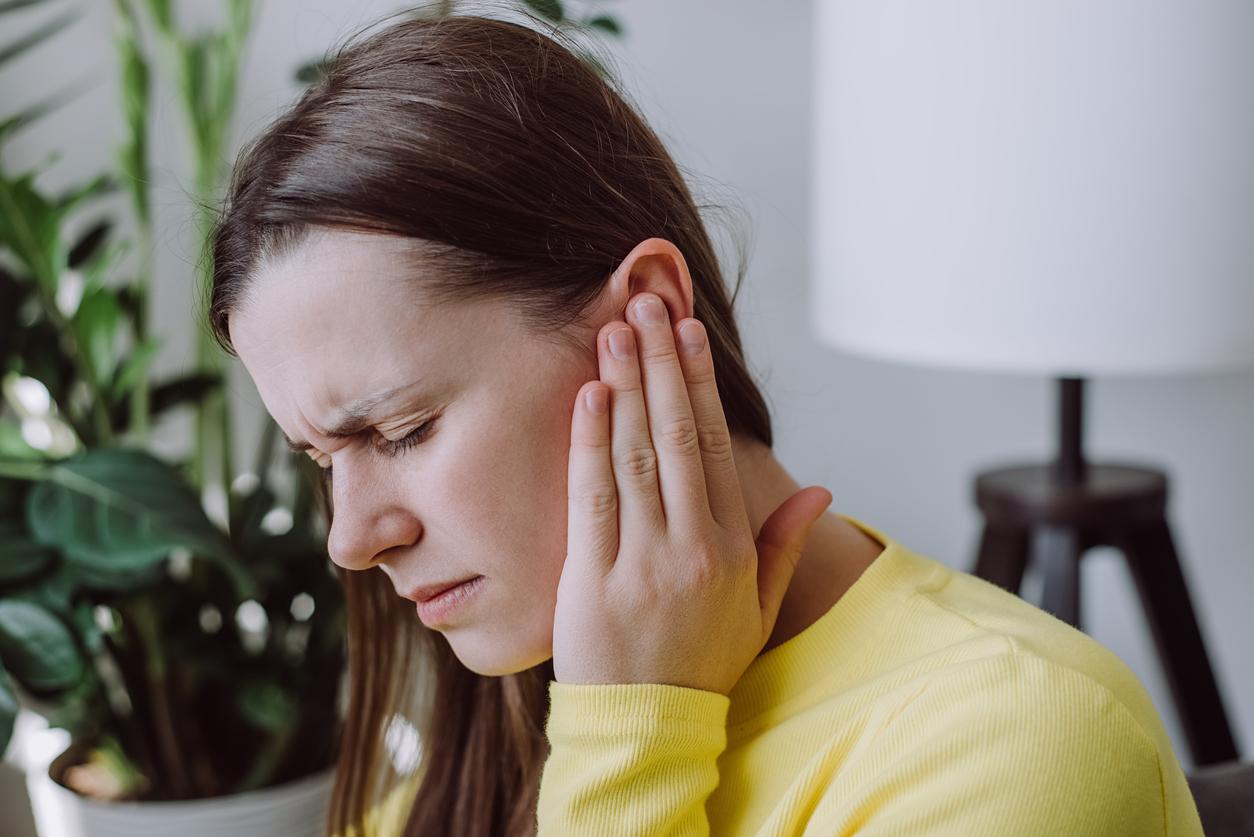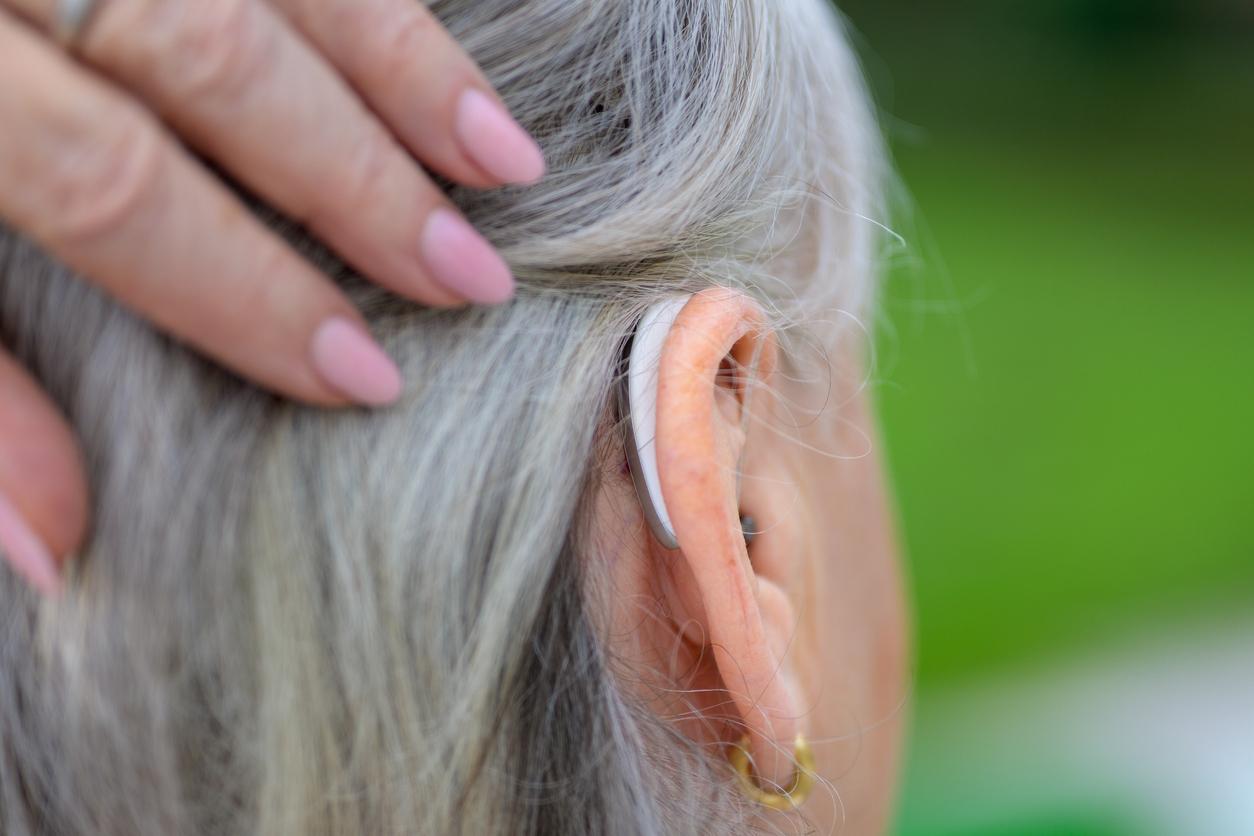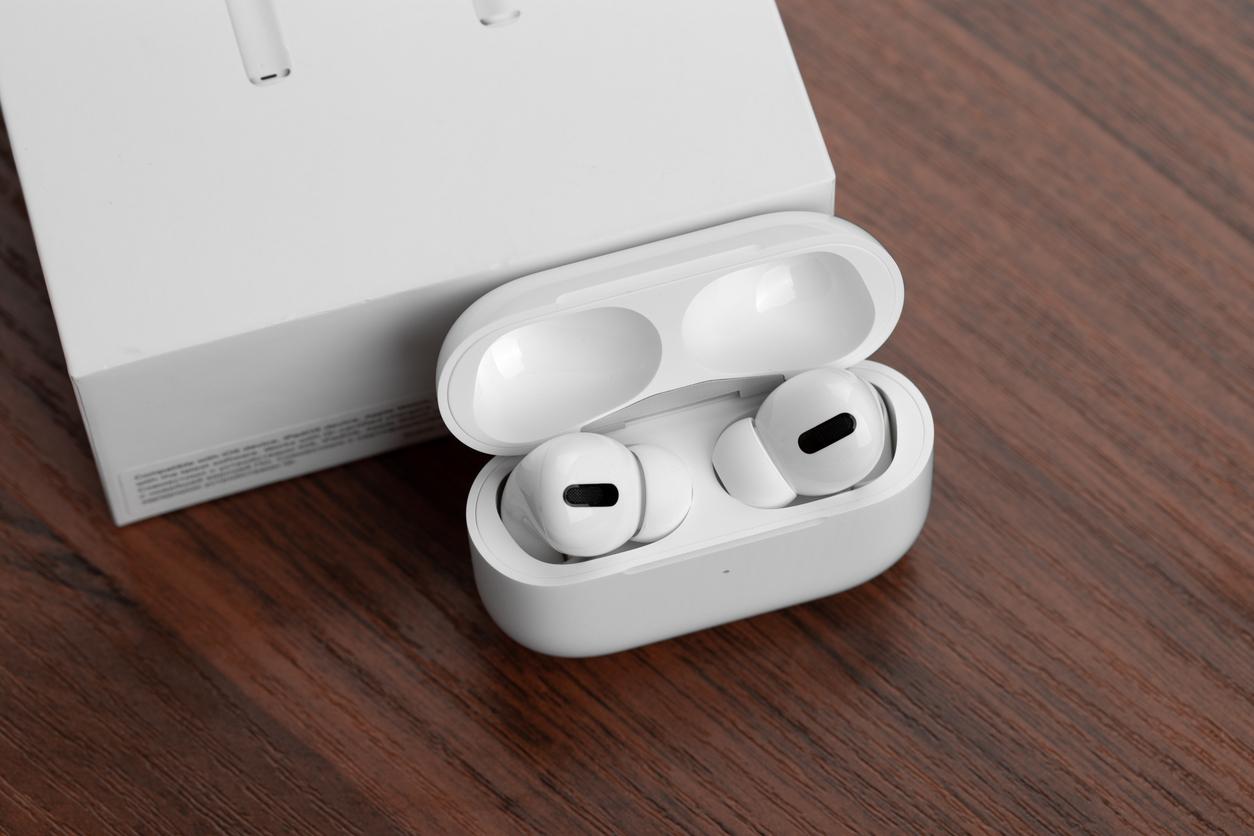People with impaired hearing are more sensitive to loud voices and sparse musical remixes than adults with normal sound perception.

- While listening to different music remixes, people with hearing loss preferred louder vocals, higher frequencies, and sparser mixes with fewer overall frequencies.
- These patients “have reduced frequency selectivity and impaired level perception.”
- To make music accessible to everyone, sound engineers should make a remix for the general public and another for adults with hearing loss.
Modern music may be inaccessible to adults with hearing problems. But arrangements by mixing the sound elements could make the difference, according to scientists from the Carl von Ossietzky University of Oldenburg (Germany). In one study, they looked at the impact of hearing loss on how patients perceive and like different musical remixes. “Modern pop or rock music is constructed from several individual tracks, such as vocals, instruments, and synthesized sounds, all recorded separately and mixed together to create the final product”, they specified. To accommodate listener preferences, this mixing may involve raising or lowering the volume of one of the tracks or boosting high or low frequency sounds.
Music: “altered level perception” in adults with hearing loss
In order to determine if there really were differences in mixing preferences between people without hearing loss and those with hearing loss, the team played them different music remixes. According to the results, published in the journal The Journal of the Acoustical Society of Americahearing-impaired music lovers preferred louder vocals, higher frequencies, and sparser mixes with fewer overall frequencies. “In general, these listeners have reduced frequency selectivity and impaired level perception,” said Aravindan Benjamin, author of the research, in a statement.
A remix “for the general public and another for the hearing impaired”
The authors indicated that the use of hearing aids could remedy these problems related to the perception of sounds to some extent. However, they are not accessible to many hearing impaired people. “Getting some good headphones, for example, and then playing around with EQ (a basic form of audio processing that lets us adjust the volume level of a single frequency) might be a better approach than trying to make everything go through hearing aids”, explained Kai Siedenburg, co-author of the study.
According to the researchers, the biggest difference must come from the production side. Audio engineers with access to individual tracks can make a big difference in making their work more accessible to millions of listeners. “One approach might be to offer several different mixes, one for the general public and another for the moderately hard of hearing. Some musical arrangements might help to better meet the needs of this group of people,” they concluded.

















